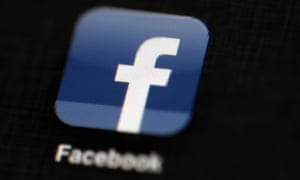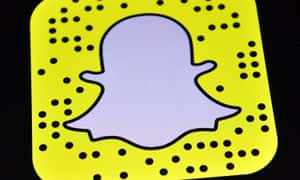Source: https://www.theguardian.com/media/2016/sep/23/facebook-video-viewing-times-ad-agencies-metric

This talks about how Facebook have neglected views based on those who would watch a video for less than 3 seconds. This has made a bad impression for them as this could mean that there have been miscounted views so that this would misrepresent the amount of views a video would get. This would mean that advertisers would now be unsure as to whether they would want to invest in Facebook for advertising.
In my opinion I think that Facebook isn't entirely to blame for this incident as they wouldn't think that less than three seconds of viewing the video is considered a view. This could mean that advertisers were mislead to believe that the video could have had more views. However since they weren't aware of the situation at hand then this would've meant that advertisers aren't aware of the viewership that the video may have.
- "Following inquiries from agencies, the social network disclosed that this could have inflated average viewing time by between 60% and 80%"



